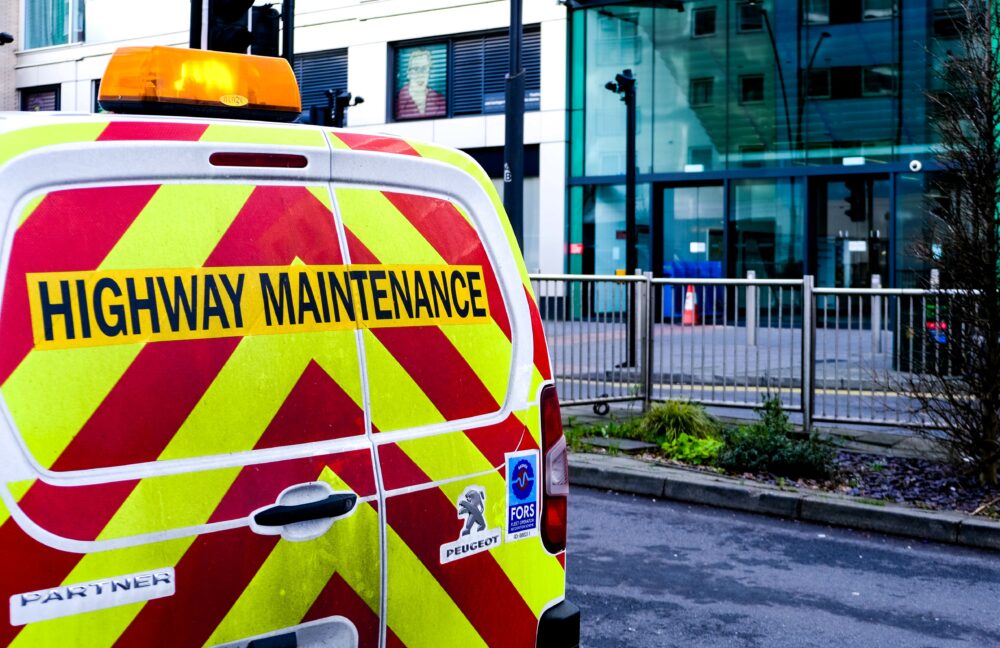Applied Driving has teamed up with the Institute of Highway Engineers (IHE) to improve health and safety for those working on the road network. The global provider of driver safety and performance management solutions has become an IHE Professional Development Partner, continuing to share best practices and help raise standards across the highways sector.
“This is an exciting opportunity to make a difference within the highways industry by promoting road safety and engaging with those responsible for constructing and maintaining our roads, explains Dr Jim Golby, Chairman at Applied Driving. “Our aim is to work closely with IHE members and other Professional Development Partners to establish new ways of communicating guidance on fleet and driver risk.”
The IHE is the UK’s leading professional organisation for specialist highway and traffic practitioners. It engages with government and industry to improve the highway environment, while providing assistance, leadership and professional development to over 3,500 members. The institute’s partnership programme is designed to promote closer cooperation between IHE and partners, supporting the provision of industry standard training and promoting the Highway Engineering Academy (HEA).
Steve Spender, CEO of the institute of Highway Engineers commented: “Applied Driving has been supporting us for some time, so it is fantastic to formalise our relationship and make them an important part of our Professional Development Partnership. The IHE is looking forward to involving them in several initiatives next year, and we have already invited their team to present at our branches across the UK on road-based employee safety.”
“We are already successfully supporting many IHE members with driver safety and performance management solutions that have enhanced their safe driving culture. Our services are helping organisations to ensure legal compliance, reduce incident costs, manage fleet risks and provide the latest training solutions, so we are well-placed to support the IHE regarding their road safety priorities,” concludes Golby.
